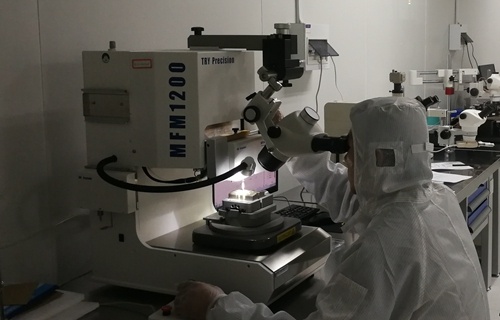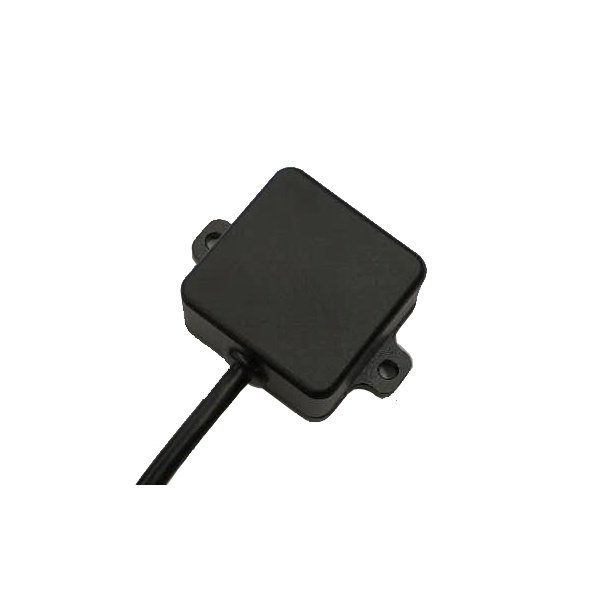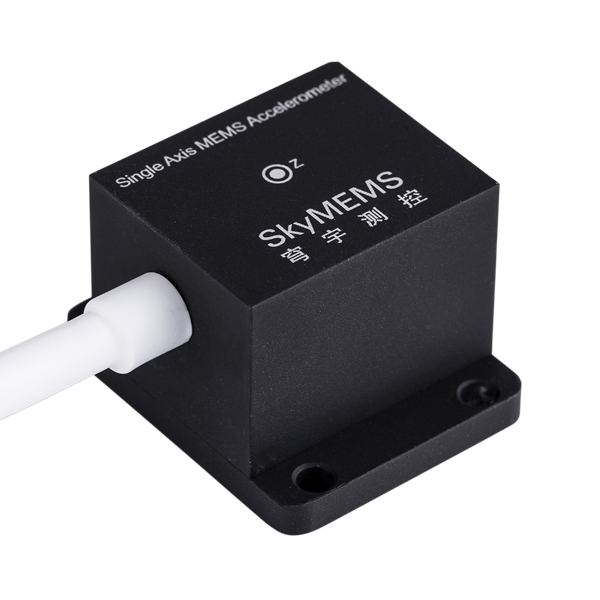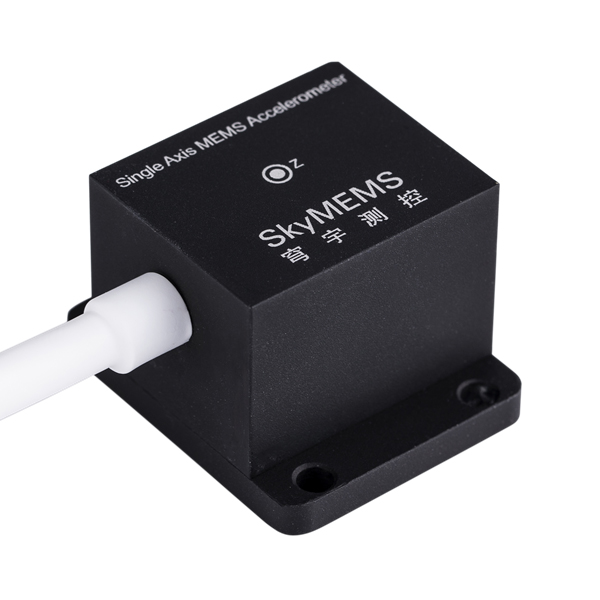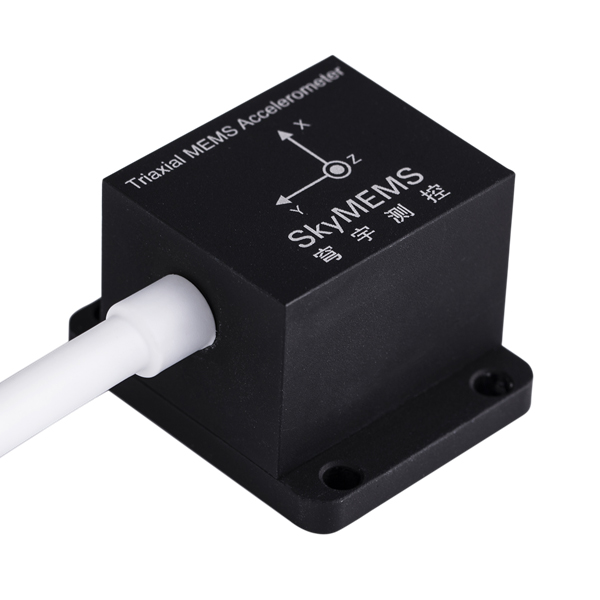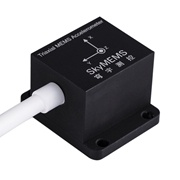In today’s aviation industry, safety and reliability are the top priorities for airlines and their passengers. The development of airborne GPS aided inertial system has been a significant breakthrough in ensuring the safety and reliability of modern aircraft.
The Airborne GPS Aided Inertial System (AGAIS) is a navigation technology that combines two different navigation technologies – GPS and Inertial Navigation System (INS) – to provide accurate and reliable information to pilots. AGAIS has become an integral part of aviation operations because it offers significant improvements in flight safety and reliability.

What is Airborne GPS Aided Inertial System (AGAIS)?
The AGAIS system integrates the Global Positioning System (GPS) with Inertial Navigation System (INS) to provide pilots with precise positioning, velocity and attitude information. The system works by continuously tracking the position of the aircraft using GPS, and then using the information to update the INS. The INS, in turn, provides accurate navigation data, regardless of the availability of GPS signals.
How AGAIS Enhances Safety and Reliability
-
Improved Navigation Accuracy
AGAIS offers significant improvements in navigation accuracy. The system combines the strengths of both GPS and INS to provide precise position and velocity information to the pilots. This means that the aircraft can navigate through challenging environments, such as bad weather or congested airspace, with ease, while maintaining safety.
-
Real-Time Updates
AGAIS offers real-time updates to the pilot on the aircraft’s position and velocity, regardless of the availability of GPS signals. This means that the pilot has access to accurate and up-to-date information at all times, enhancing safety and reliability.
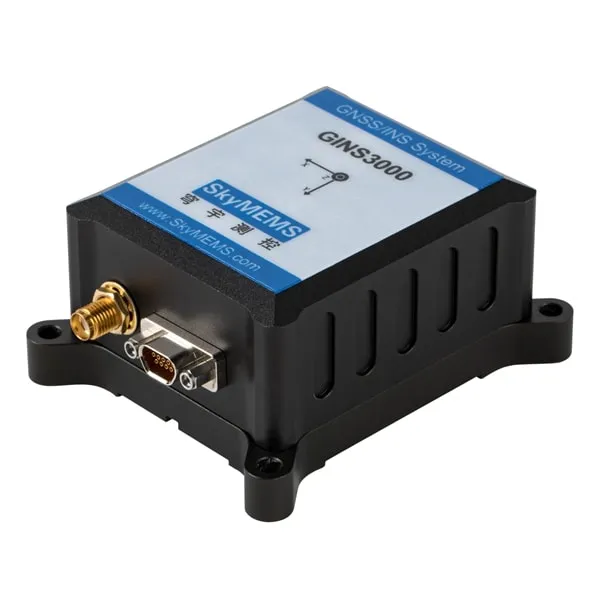
-
Reduced Error Rates
AGAIS has significantly reduced error rates when compared to traditional navigation systems. The system’s integration of GPS and INS provides continuous feedback and correction, ensuring that the aircraft’s position and velocity data are always accurate. This reduces the risk of error and enhances safety.
-
Redundancy
AGAIS offers redundancy, meaning that if one of the navigation systems fails, the other system can take over, ensuring that the aircraft is still able to navigate safely. This redundancy is crucial for enhancing the safety and reliability of modern aircraft.
-
Improved Flight Planning
AGAIS has made flight planning more efficient and reliable. The system offers precise information on the aircraft’s position and velocity, allowing pilots to make more accurate decisions about route planning and fuel consumption. This improves the safety and efficiency of the flight.
Conclusion
Airborne GPS aided inertial system has become an essential technology in the aviation industry. The system’s integration of GPS and INS offers significant improvements in safety and reliability, making it a vital tool for modern aircraft. With AGAIS, pilots can navigate through challenging environments with ease, receive real-time updates, and enjoy the benefits of redundancy and reduced error rates. Ultimately, AGAIS has improved the safety and reliability of modern aircraft, ensuring a better travel experience for everyone involved.

